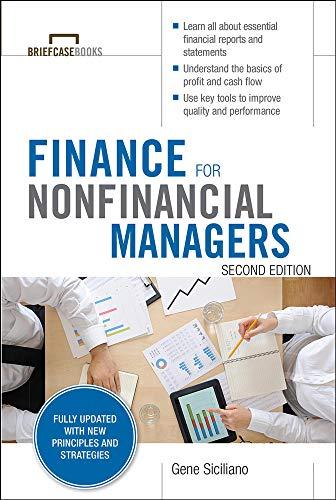Ch 10: Assignment - The Cost of Capital Attempts 3 Keep the Highest 3/5 4. The cost of retained earnings The cost of raising capital through retained earnings is the cost of raising capital through issuing new common stock The cost of equity using the CAPM approach The current risk-free rate of return (nu) is 3.86% while the market risk premium is 5.75%. The Monroe Company has a peta of 0.92. Using the capital asset pricing model (CAPM) approach, Monroe's cost of equity is The cost of equity using the bond yield plus risk premium approach The Jackson Company is closely held and therefore, cannot generate relable inputs with which to use the CAPM method for estimating a company's cost of internal equity. Jackson's bonds yield 10.28%, and the firm's analysts estimate that the firm's risk premium on its stock over its bonds is 4.95%. Based on the bond-yield-plus-risk-premium approach, Jackson's cost of internal equity is: 18.28% O 19.04% 16.75% 15.23% The cost of equity using the discounted cash flow (or dividend growth) approach Tyler Enterprises's stock is currently selling for $32.45 per share, and the firm expects its per share dividend to be $2.35 in one year. Analysts project the firm's growth rate to be constant at 7.27%. Estimating the cost of equity using the discounted cash flow (or dividend growth) approach, what is Ther's cost of internet th) approach yler Enterprises's stock is currently selling for $32.45 per share, and the firm expects its per-share dividend to be $2.35 in one year. Analysts project the firm's growth rate to be constant at 7.27%. Estimating the cost of equity using the discounted cash flow (or dividend growth) approach, what is Tyler's cost of internal equity? 14.51% 15.24% 18.14% 19.59% Estimating growth rates It is often difficult to estimate the expected future dividend growth rate for use in estimating the cost of existing equity using the DCF or DG approach. In general, there are three available methods to generate such an estimate: Carry forward a historical realized growth rate and apply it to the future. Locate and apply an expected future grow 51.00 prepared and published by security analysts. Use the retention growth model. 16.35 15.65 5.6 Suppose Tyler is currently distributing 65% of (ROE) of 16%. Tyler's estimated growth rate is bs in the form of cash dividends. It has also historically generated an average return on equity 9








